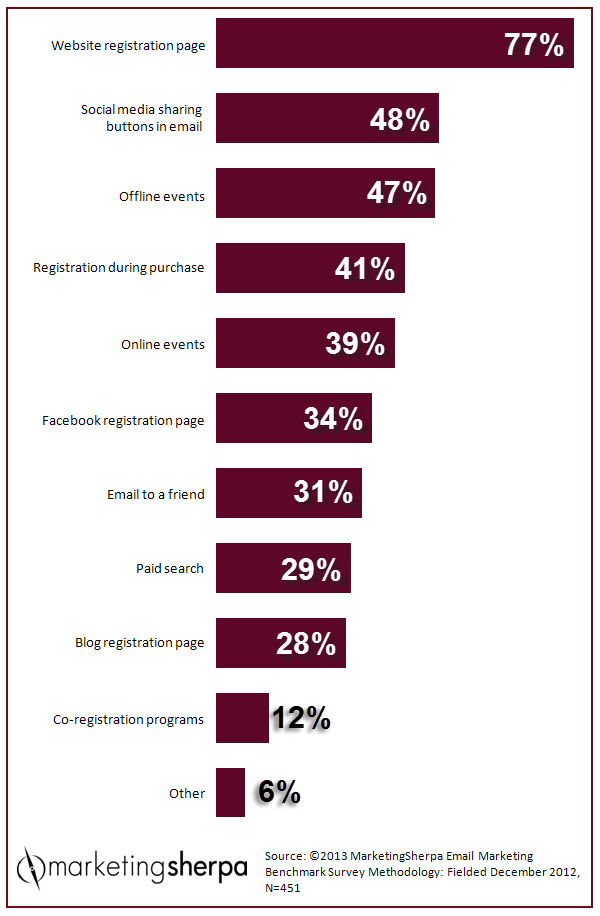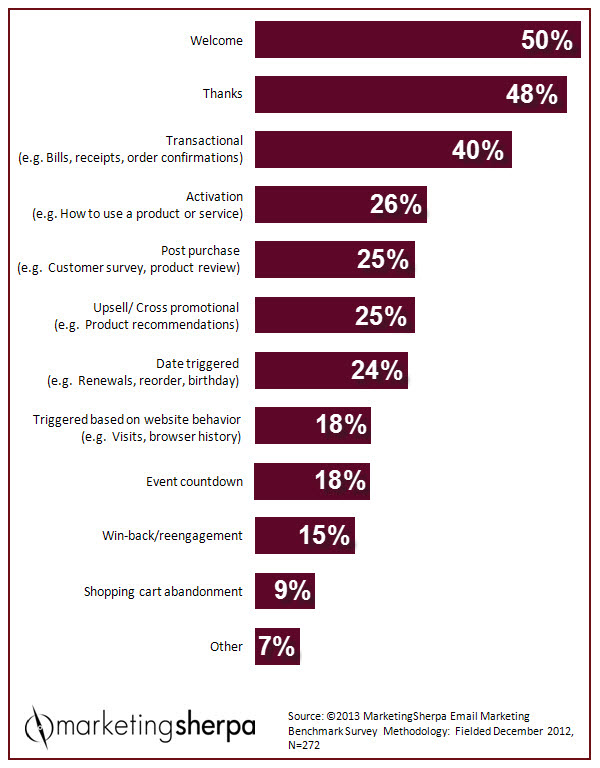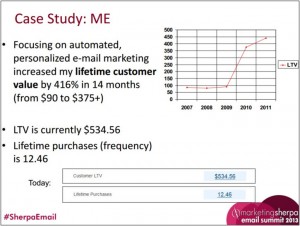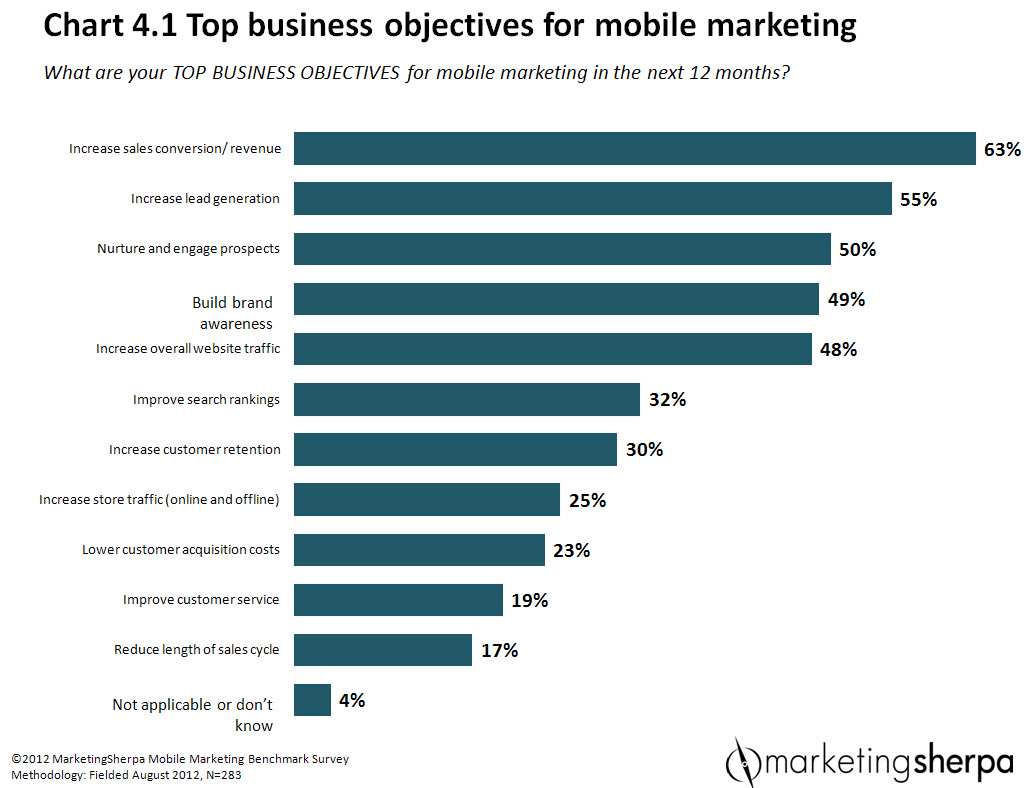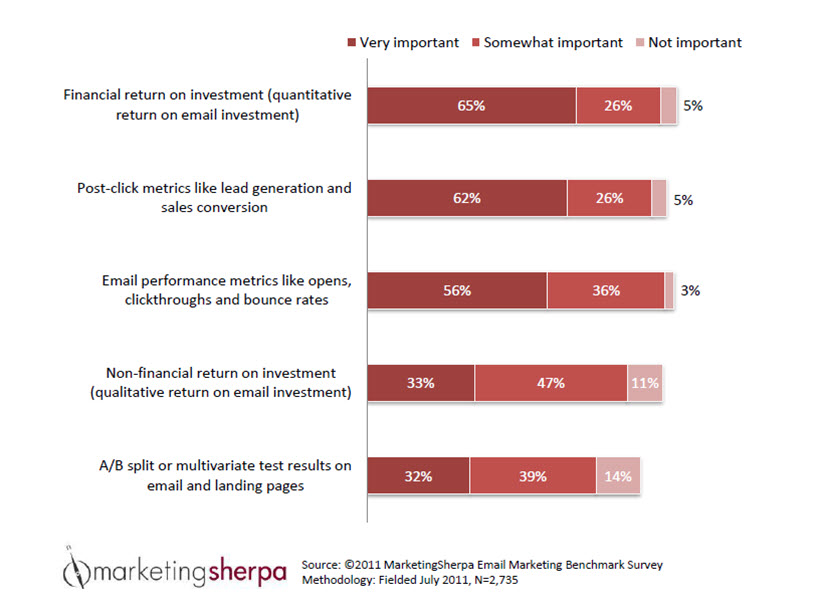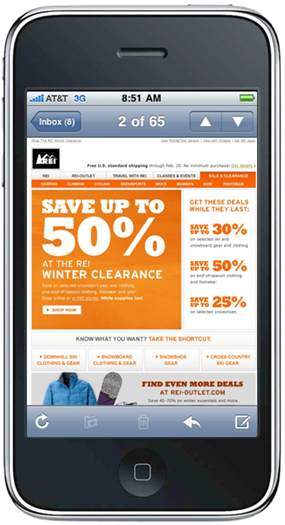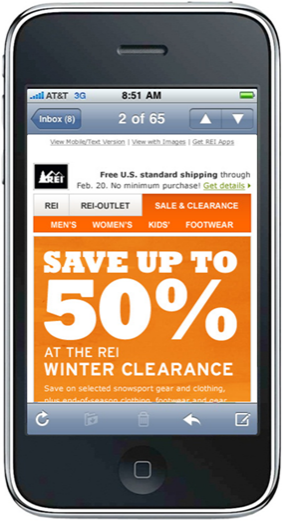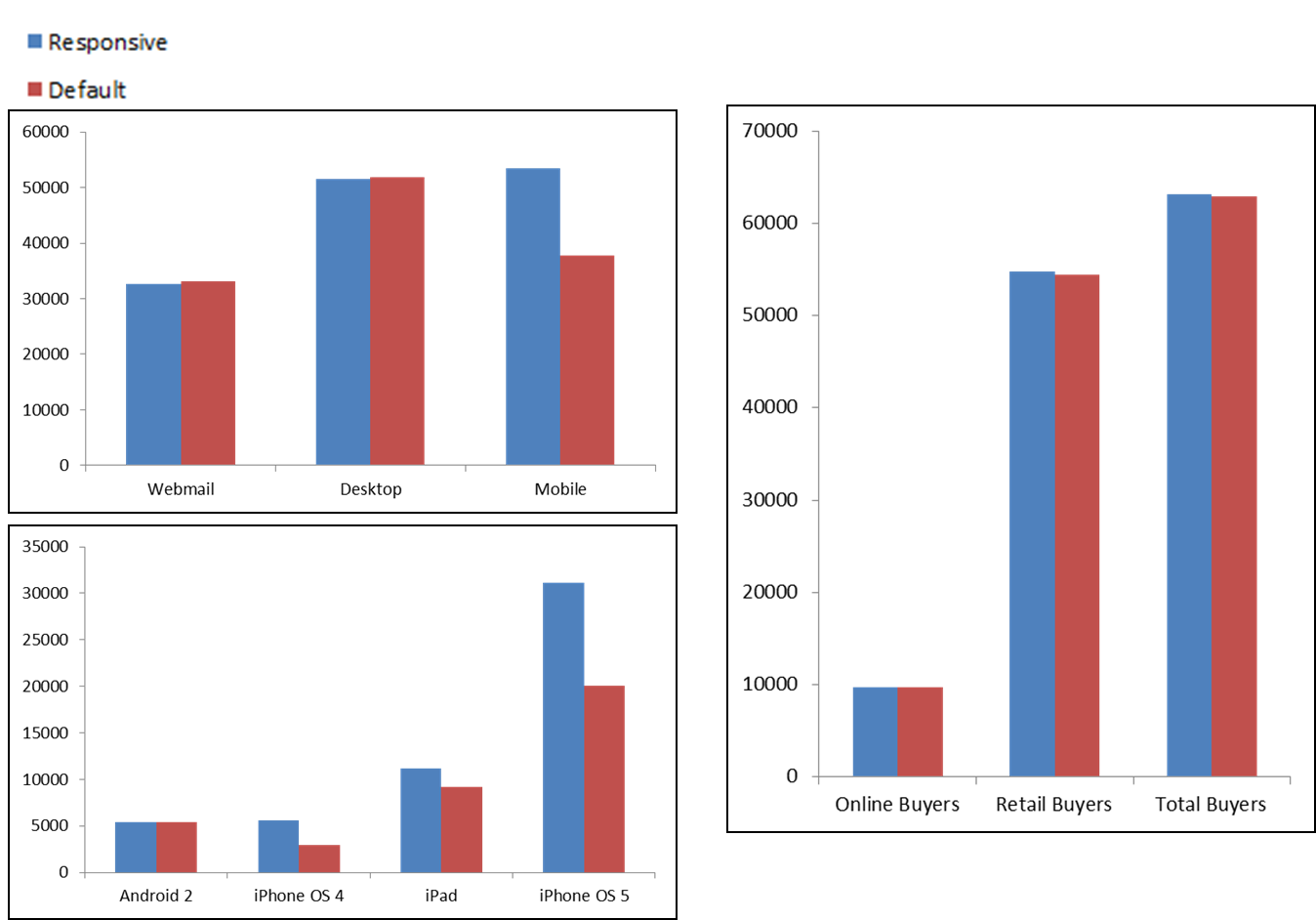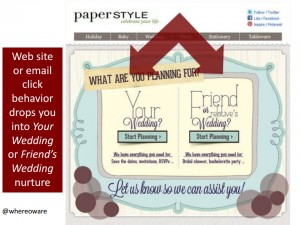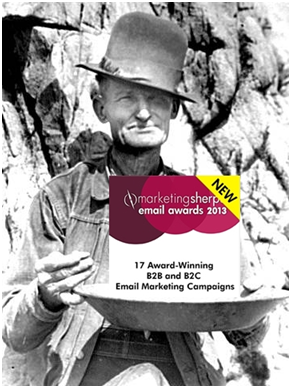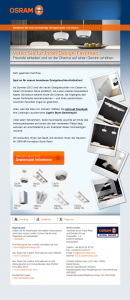Email Marketing: 77% of marketers use website registration pages to build email lists
In the MarketingSherpa 2013 Email Marketing Benchmark Report, we asked email marketers which list-building tactics they use …
Q: Which of the following tactics is your organization using to drive email list growth? Please select all that apply.
As always, we asked the MarketingSherpa audience for their actionable advice based on this data …
75% increase in opt-in rate using squeeze page
When the election campaigning was in full swing last summer, I noticed that Obama was using an interesting squeeze page on whitehouse.gov. I swiped the wireframe and built a similar one of my own for my marketing tools website at AffPortal and noticed an immediate difference in my opt-in rate of about 75%. There’s a lot of value in watching what the big budget guys are doing to list build and swiping the concepts.
– Corey Bornmann, AffPortal.com
Excellent advice, Corey. For those looking to learn more from the “big budget guys,” Toby Fallsgraff, Email Director, Obama for America, and Amelia Showalter, Director of Digital Analytics, Obama for America, will be presenting a keynote case study – Email Optimization: How A/B testing generated $500 million in donations – at Optimization Summit 2013 in Boston.
77% of marketers use website registration pages to drive email list growth
Very good breakdown of marketing options and success rate.
Web page registration is one of the most trusted, hence the high success percentage.
Offline, it’s comparable to responding to a P.O. Box versus an actual address.
– Paul Harding, Jr., Creator/Publisher, iCyberSurfer
6% use other tactics to drive email list growth
How about pop-ups and slide-ins? Are these included? I’d be interested in seeing how these work for people in “quality” markets such as B2B.
I’d also like to know about email harvesting as a tactic because I think many people use it but don’t admit it. They are scared of being called spammers but in reality, if they are presenting valuable solutions, they are not [spammers]. So how about a line for email harvesting?
Personally, I think the “share with a friend tactic” is underutilized because it can be encouraged to a level that takes email capture to exponential heights. You can forward to five friends at once!
– Boyd Butler, consultant



